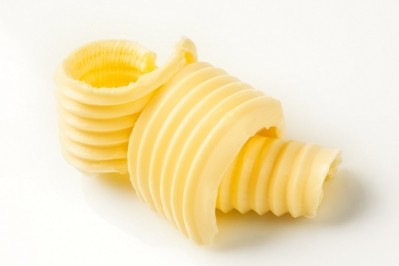Huge food survey examines nutrients and toxins in Swedish grocery baskets

The ‘food basket survey’ will look at ‘undesirable substances’ such as metals, organic pollutants, phenolic substances, mycotoxins, polycyclic aromatic hydrocarbons (PAHs) and poly and perfluorinated alkylsubstanser (PFAS).
The results will be presented in 2017 and compared with previous surveys conducted in 1999, 2005 and 2010 to track changes.
The foods, which reflected average Swedish consumers’ diets, were purchased from retailers City Gross, Coop, Ica, Lidl and Willys.
Shifting focus
For the 2010 report the agency compared low-price with mid-range products for the first and last time.
Senior NFA toxicologist Per Ola Darnerud told us there had been a general “suspicion” before carrying out the tests that the low-cost products would be higher in potentially toxic compounds. In fact there was very little difference between the two groups.
This time it would attempt to put the food items in real-world context by preparing them as consumers would in the home.
The overall survey entailed five food baskets from five different food retailers with around 200 items in each basket. This time a pilot section of the study would see two of these baskets tested as they would be consumed, for example with cooked rice or pasta.
Past NFA research suggested the most common preparation was frying, which would be used for some of the foods. BBQ and grilling would not be used to determine PAHs levels, he said, since this was not the most common cooking method.
Darnerud said it would be “simpler and more economic” to continue to test the foods as purchased, yet it was important to move towards a total diet study model which took into account preparation and therefore reflected real consumption.
Tracking changes
Darnerud said it was also important to track consumption long term, calling the upcoming report “one more point on the diagram”.
The repetition of methodology meant they produced reliable time trends.
The 2010 report suggested total fat was higher than in the earlier 2005 report, perhaps due to an increase in the consumption of sugar and sweets.
Exposure to starch and dietary fibre was lower, whereas sucrose was higher compared to 2005.
Added sugar intakes were above Nordic Nutritional Recommendations (NNR), while fibre intake was below.
The greatest decrease in persistent organic pollutants (POPs) was between 1999 and 2005, with this change being less pronounced between 2005 and 2010.
The levels for organic compounds such as POPs and PAHs were generally decreasing, whereas trends for toxic metals were less clear. The agency pointed to uncertainties around arsenic exposure.
Ten pesticides were detected at low levels.
Per capita exposure to nutrients and minerals had not changed significantly and for minerals this fell within or exceeded recommendations.

























